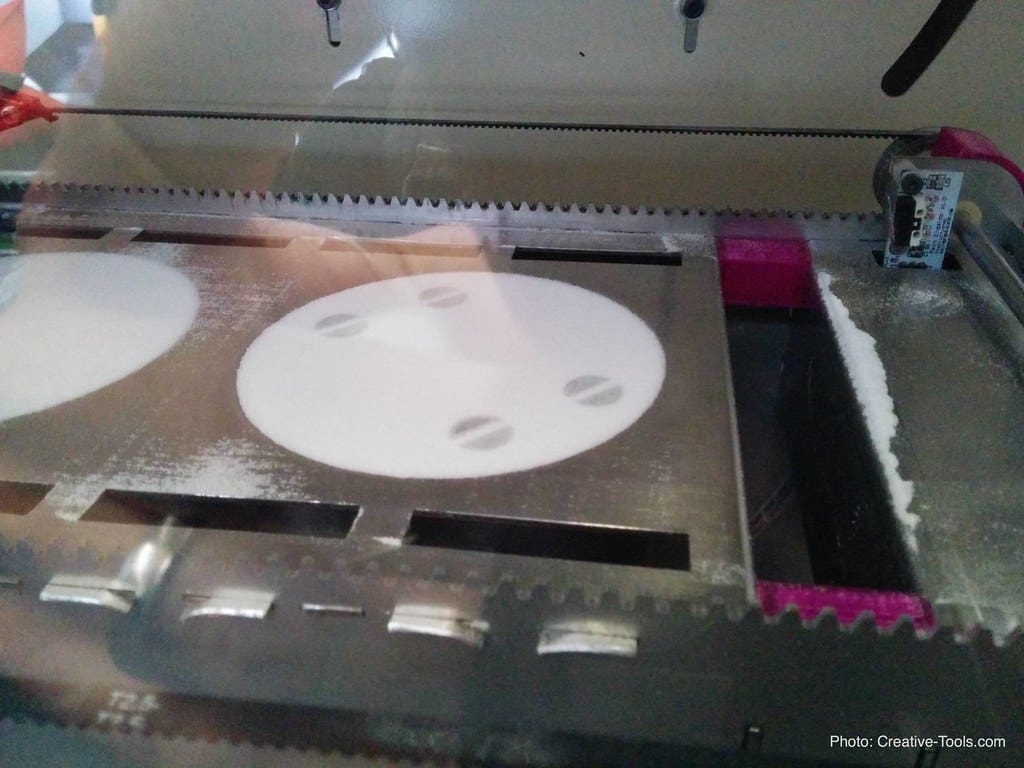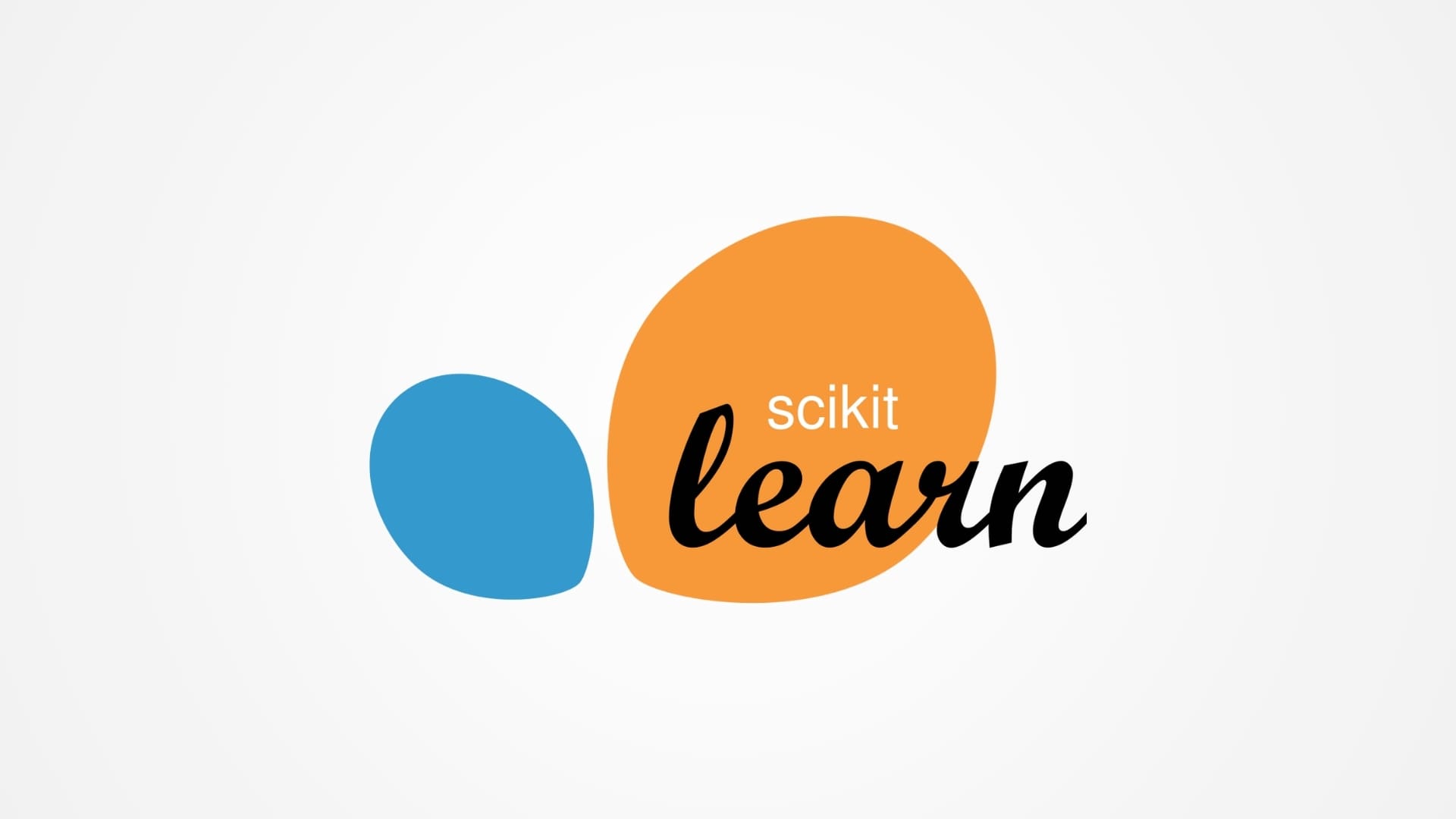In powder-based 3D printing technologies such as Selective Laser Sintering (SLS) and Direct Metal Laser Sintering (DMLS), the powder delivery system is critical. This system is responsible for supplying, distributing, and recycling the powder material that is sintered layer by layer to form a final product. Effective management of the powder not only ensures high-quality prints but also maximizes material efficiency and maintains the operational speed of the printing process. This article delves into the importance, functionality, and maintenance of the powder delivery system in 3D printers.
Importance of the Powder Delivery System in 3D Printing
Consistent Material Flow: The powder delivery system ensures a continuous and consistent flow of powder to the build area, which is essential for maintaining uniform layer thickness and density throughout the printing process.
Material Efficiency: By recycling unused powder and precisely controlling the amount of material spread on the build platform, the system minimizes waste and reduces the cost of materials, which can be significant, especially with expensive metal powders.
Print Quality: Uniform delivery of powder helps prevent defects such as warping, cracking, or incomplete sintering, which are critical for achieving the desired mechanical properties and surface finish of the printed objects.
Operational Speed: An efficient powder delivery system supports faster print cycles by quickly and smoothly preparing each layer for sintering, thereby enhancing overall productivity.
Components of the Powder Delivery System in 3D Printers
Feed Hoppers: Store the bulk of the powder before it is delivered to the build area. These hoppers often feature mechanisms to agitate the powder to prevent clumping and ensure a consistent flow.
Spreading Mechanism: Typically a roller or a blade that evenly distributes the powder over the build platform. The precision and uniformity of the spread directly influence the quality of the print.
Recycling Unit: Collects and filters unused powder from each print cycle for reuse. This component is essential for reducing material waste and lowering operational costs.
Transport System: Includes conveyors or vacuum systems that move powder from the feed hoppers to the build area and back to the recycling unit. This system must be carefully sealed to prevent powder leakage and contamination.
Control System: Electronics and software that manage the timing, speed, and coordination of the powder delivery with the sintering process. Advanced systems can adjust parameters in real-time based on feedback from sensors monitoring the print.
Installation and Calibration of the Powder Delivery System
Proper Installation: Ensuring that all components of the powder delivery system are correctly installed and aligned is crucial. Misalignment can lead to uneven powder layers and print defects.
Calibration: The system must be calibrated to deliver the correct amount of powder per layer and to spread it uniformly across the build platform. Calibration should be checked regularly as part of routine maintenance.
Testing: Before full-scale printing, running tests with the powder delivery system can help identify any issues with flow rates, spreading uniformity, or recycling efficiency.
Maintenance and Optimization of the Powder Delivery System
Regular Cleaning: Powder residues can build up in the system, leading to blockages or contamination. Regular cleaning is essential to maintain system performance and prevent operational issues.
Component Inspections: Regular inspections of the spreading mechanism, transport system, and recycling unit can help catch wear and tear or mechanical failures early, before they affect print quality.
System Updates: Software updates can bring improvements in the control algorithms of the powder delivery system, enhancing efficiency and adaptability to different types of powder or printing conditions.
Environmental Control: Maintaining stable environmental conditions such as temperature and humidity can help prevent powder properties from changing, which could affect flow and spread.
Challenges and Solutions
Powder Handling: Different materials may have unique flow characteristics that require adjustments to the delivery system settings. Creating material-specific profiles can help streamline setup for different powders.
Mechanical Wear: Components that come into frequent contact with abrasive materials, like the spreading mechanism, are prone to wear. Using wear-resistant materials and scheduling regular replacements can mitigate this issue.
Powder Recovery and Reuse: Ensuring that recycled powder maintains its quality and does not degrade over multiple cycles is a challenge. Implementing rigorous filtering and testing protocols can help maintain the integrity of recycled materials.
The powder delivery system is a fundamental component in powder-based 3D printing technologies, playing a vital role in material handling, print quality, and operational efficiency. Effective management and regular maintenance of this system are crucial for maximizing the capabilities of 3D printers and ensuring high-quality, cost-effective printing outcomes. By understanding and optimizing the function of the powder delivery system, users can achieve more reliable and efficient printing processes, leading to better outcomes and higher productivity in their 3D printing operations.








